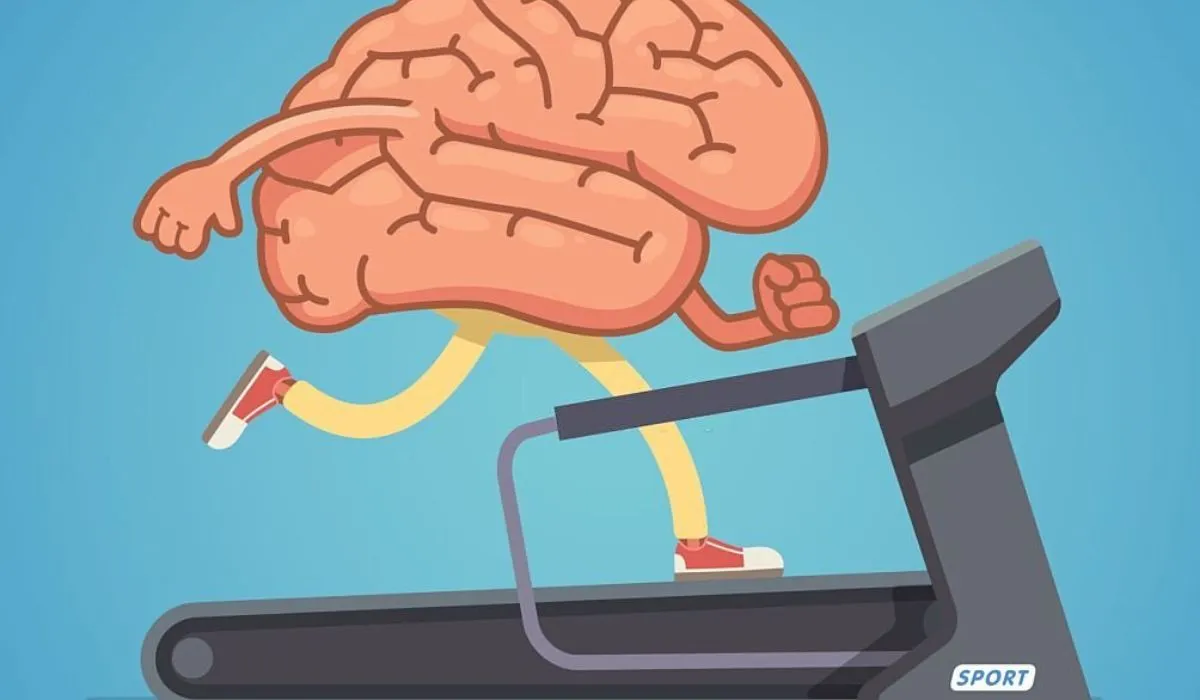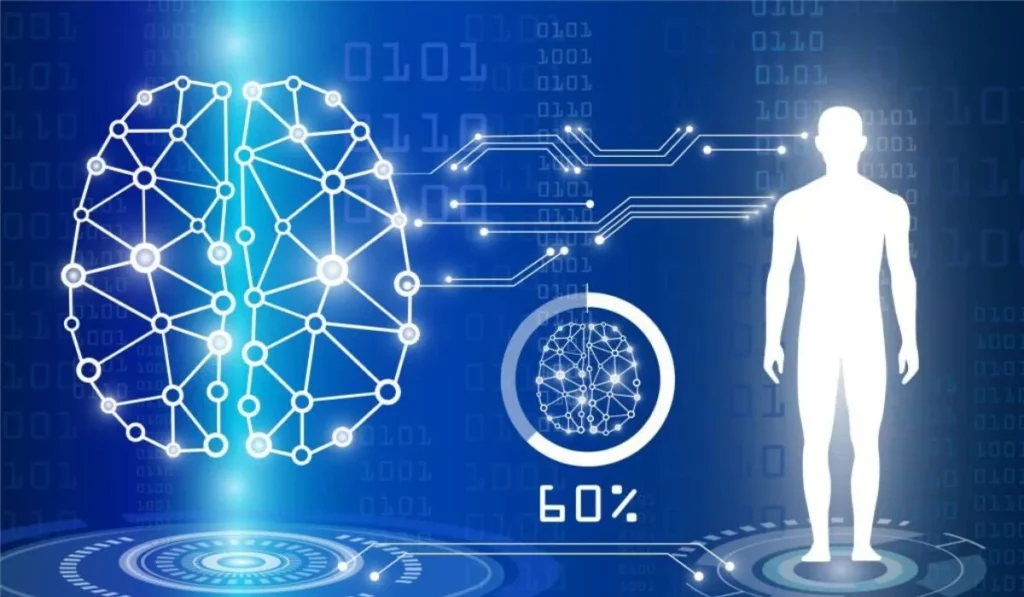Health
How To Improve Brain Health With Leg Movements: Energize Your Brain with Every Move

An increasing body of research is finding connections between physical exercise and improved cognitive functioning. In particular, regular leg movements show promise for enhancing multiple aspects of brain health.
This article summarizes what studies have revealed so far about how different types of leg exercises could potentially boost brain power and performance. We’ll explore the various leg movements that may help sharpen the mind, along with tips for incorporating them into daily routines.
The Brain-Body Connection
The mind and body share intimate links. Research continues to demonstrate the intricate links between physical health and brain function. Physical activity promotes beneficial structural brain changes like increased gray matter volume and blood flow. Exercise has been shown to positively impact brain structure and performance in multiple ways.

Aerobic activity in particular correlates with increased gray matter volume in the prefrontal cortex and hippocampus, areas involved in executive functions like focus, planning, and memory. Exercise may also stimulate the release of key neurotransmitters like serotonin, dopamine, and endorphins which elevate mood, motivation, focus, and feelings of well-being. Increased blood circulation from movement delivers more oxygen and nutrients to nourish brain cells. The details behind exercise’s positive effects on cognition are still being elucidated.
But the latest research continues to demonstrate the positive influence physical fitness can have on mental sharpness and acuity at any age.
The exact mechanisms behind exercise’s impact on cognition are still being investigated. However, the message is clear – incorporating regular physical activity provides comprehensive benefits for both physical and mental fitness.
Leg Movements and Cognitive Enhancement
Specifically, leg exercises demonstrate promising effects for boosting various brain functions. Coordinated leg movements combine both physical activity and motor skill learning. Studies correlate improved leg power and coordination with enhanced executive functions like focus, planning, multi-tasking, working memory, learning, and information processing speed. Dancing, which combines coordinated leg motions with balance, learning, and memorizing steps has been shown to increase hippocampus volume along with verbal fluency and mental flexibility.
Physical activity that elevates heart rate while using precise motor control and skill may provide combined physical and neural stimulation. Increased blood flow from repetitive leg movement may partly explain these mental boosts. More research is warranted, but current evidence suggests consistent leg exercise uniquely benefits cognitive abilities and brain connectivity.
Types Of Leg Movements For Brain Health
- Aerobic Leg Exercises: Exercises like walking, jogging, cycling, and swimming maintain elevated heart rates to condition the cardiovascular system. They may stimulate the growth of new blood vessels and neurons in the brain.
- Resistance Training: Training with leg weights, machines, bands, or bodyweight squats builds lower body and core strength. This may increase blood and oxygen flow to the brain.
- Balance and Coordination Leg Workouts : Workouts like tai chi, yoga, agility drills, and dance-inspired routines hone motor skills and neural connections between the mind and muscles.
Incorporating Leg Movements Into Daily Routine
Integrating more leg movements into a busy schedule takes planning but pays off for brain health. Simple ways include parking farther away, taking the stairs, performing calf raises while cooking, and doing bodyweight squats during commercial breaks. Breaking exercise into 10-minute increments makes it approachable.
Schedule workout appointments and join friend groups for accountability. Gradually increase activity until it becomes a natural habit. Staying motivated will become easier as the mental and physical energy gains become apparent.
Specific Leg Movements For Brain Boost
Certain leg exercises target areas of the body strongly linked to cognitive functions. For example, squats engage the prefrontal cortex, benefiting concentration and decision-making. Lunges improve hemispheric coordination for processing and memory. Calf raises boost anterior tibialis performance tied to logic and analysis.
Leg extensions strengthen the corpus callosum connecting brain hemispheres. Dancing combines coordination, learning, and memorial integration. When combined with a full routine, these leg-focused moves provide a well-rounded brain boost.
Mindful Movement Practices
Research indicates mindfully moving the legs may further enhance brain benefits. For example, walking meditations involve focusing on the sensations and rhythm of walking to calm the mind. Yoga links controlled leg positions and breathing to reduce stress and improve focus. Tai chi combines gentle leg movements, body awareness, balance, and focused breathing.
Practicing mind-body leg exercises may help rejuvenate mental clarity while also providing physical conditioning for total mind-body wellness.
Brain-Boosting Nutrients and Leg Movements
Nutrition provides key building blocks for brain health that complement leg exercise. Omega-3 fatty acids found in fish, walnuts, and flaxseeds reduce inflammation and support brain cell membrane function. Dark leafy greens provide folate to stimulate neuron regeneration. Blueberries contain flavonoids that improve neuron signaling.
Healthy fats like avocados improve blood flow. Hydration is also crucial to deliver nutrients to brain cells. Fueling properly before and after leg workouts extends their cognitive benefits. A balanced diet combined with regular leg movements provides powerful nourishment for optimal mental acuity.
Summary
Research continues to unveil the positive impacts leg exercises can have on brain structure and function. A mix of aerobic conditioning, strength training, balance drills, and mind-body practices shows promise for elevating focus, memory, learning, stress resilience, and overall mental performance.
While more studies are still needed, taking steps to incorporate more leg movements into daily life represents a simple but potentially powerful strategy to boost both physical and mental fitness.
